Welcome to our Halloween Guide! As the spooky season approaches, we want to ensure that our kids have a safe and enjoyable time, all while having the chance to explore their creativity and grow. In this guide, we'll teach you how to keep your kids safe during Halloween and even how to teach them critical skills like creativity and curiosity through the festivities. It's all about finding that sweet spot between the fun and the safe.
A Brief History of Halloween
Halloween, short for "All Hallows' Eve," is a time when people around the world come together to celebrate in unique and often spooky ways. With roots tracing back to ancient Celtic traditions, Halloween was originally the festival of Samhain, marking the end of the harvest season and the beginning of the darker half of the year. Over the centuries, it evolved into a holiday characterized by costumes, trick-or-treating, and an array of ghoulish and delightful traditions. This mix of history, superstition, and creativity has made Halloween a favorite for kids and adults alike.
15 Safety Hacks
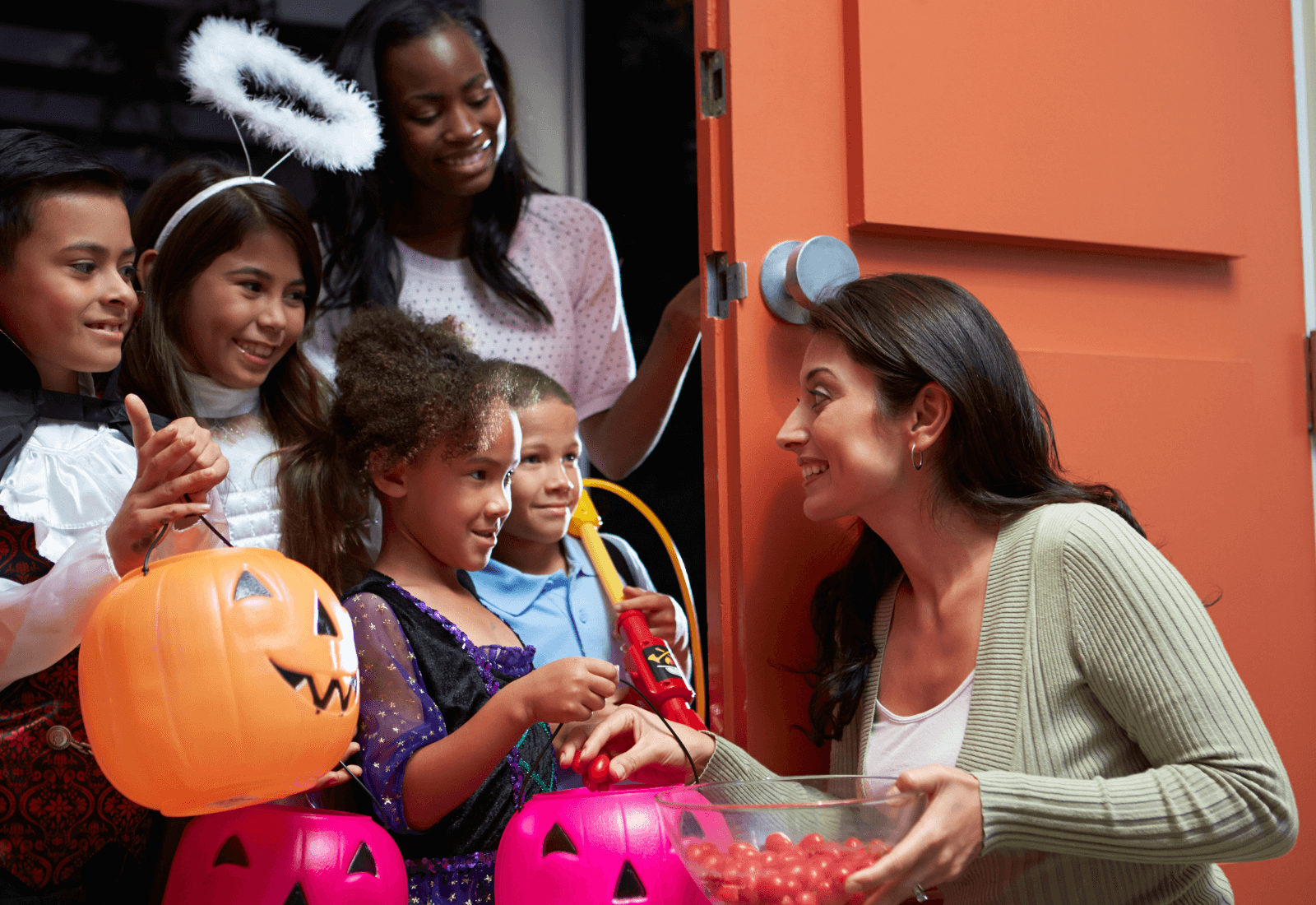
When it comes to Halloween, nothing is more important than keeping our little ones safe while they venture out for trick-or-treating fun. As we head into the excitement of Halloween, it's crucial to remember that this is an opportune time to teach children about safety in a fun and engaging way. Whether they're hitting the streets with friends or knocking on doors for treats, reinforcing safety guidelines is a must. Here's a closer look at how you can ensure a safe and enjoyable Halloween experience for your children:
- Stay Visible: Ensure your child's costume has reflective elements, or attach reflective tape to their outfit or bag. Carry glow sticks or flashlights to increase visibility in the dark.
- Stay in Groups: Trick-or-treat in a group with friends or family. There's safety in numbers, and it's more fun too!
- Plan a Route: Discuss and plan the trick-or-treating route in advance. Stick to well-lit areas and familiar neighborhoods.
- Road Safety: Teach kids to use crosswalks, obey traffic signals, and look both ways before crossing streets. Avoid darting out from between parked cars.
- Supervision for Young Children: For younger kids, it's essential to have a responsible adult accompany them during trick-or-treating.
- Use the Buddy System: Make sure your child has a "buddy" within the group. Encourage them to stay close to their friend throughout the evening.
- Respect Strangers: Teach children not to enter strangers' homes or cars, even if offered a treat. Stick to the front door when collecting candy.
- Costume Comfort: Ensure costumes fit well and do not obstruct vision or movement. Avoid costumes with long trailing fabrics that could cause tripping.
- Inspect Treats: Before eating any Halloween treats, have an adult inspect them to ensure they are safe and free from tampering. Discard any unwrapped or homemade items.
- Set Curfew: Establish a specific return time for older kids and ensure they have a way to contact you in case of any delay.
Costume Safety Tips
- Comfort and Mobility: Ensure that the costume is comfortable and allows your child to move freely. Avoid oversized costumes that might cause tripping. Test the costume at home to make sure it's easy to walk, sit, and see in.
- Visibility: Choose costumes with good visibility. If the costume includes a mask, ensure that the eye holes are large enough for your child to see clearly. If possible, opt for face paint or makeup instead of masks.
- Flame-Resistant Materials: Select costumes made from flame-resistant materials to reduce the risk of accidents near open flames, such as jack-o'-lanterns or candles.
- Costume Accessories: Be mindful of costume accessories. If your child is carrying a prop like a sword, wand, or broom, make sure it's not too sharp or pointed. Ensure it's safe for play.
- Name Tag: Place a name tag with your contact information (like a temporary tattoo or a card inside a pocket) on your child's costume in case they get separated from the group. This provides an extra layer of safety.
Candy Allergy Guide
Halloween is a time for sweet treats, but for children with food allergies, it can present challenges. Understanding and managing food allergies during Halloween is essential to ensure that all children can participate in the festivities safely. If your child has any of the below allergies, make sure to avoid the associated candies:
Peanut Allergies:
- Reese's Peanut Butter Cups (Hershey's)
- Snickers (Mars)
- Peanut M&M's (Mars)
- PayDay (Hershey's)
- Butterfinger (Ferrara Candy Company)
Tree Nut Allergies:
- Almond Joy (Hershey's)
- Ferrero Rocher (Ferrero)
- Mixed Nut Raisinets (Nestle)
- Nutella (Ferrero)
- Any chocolates with almond, hazelnut, walnut, or other tree nuts.
Milk Allergies:
- Hershey's Milk Chocolate (Hershey's)
- Milky Way (Mars)
- Ghirardelli Chocolate Squares (Ghirardelli)
- M&M's (Mars)
- Most milk chocolate bars and milk-based candies.
Please note that the presence of these allergens can vary by country and region, and product ingredients may change over time. It's crucial to read labels carefully and contact manufacturers or visit their websites for the most up-to-date information regarding allergen content. If you or your child has food allergies, consult with a healthcare professional for guidance on managing and avoiding allergenic foods.
Turning Halloween Into a Learning Opportunity
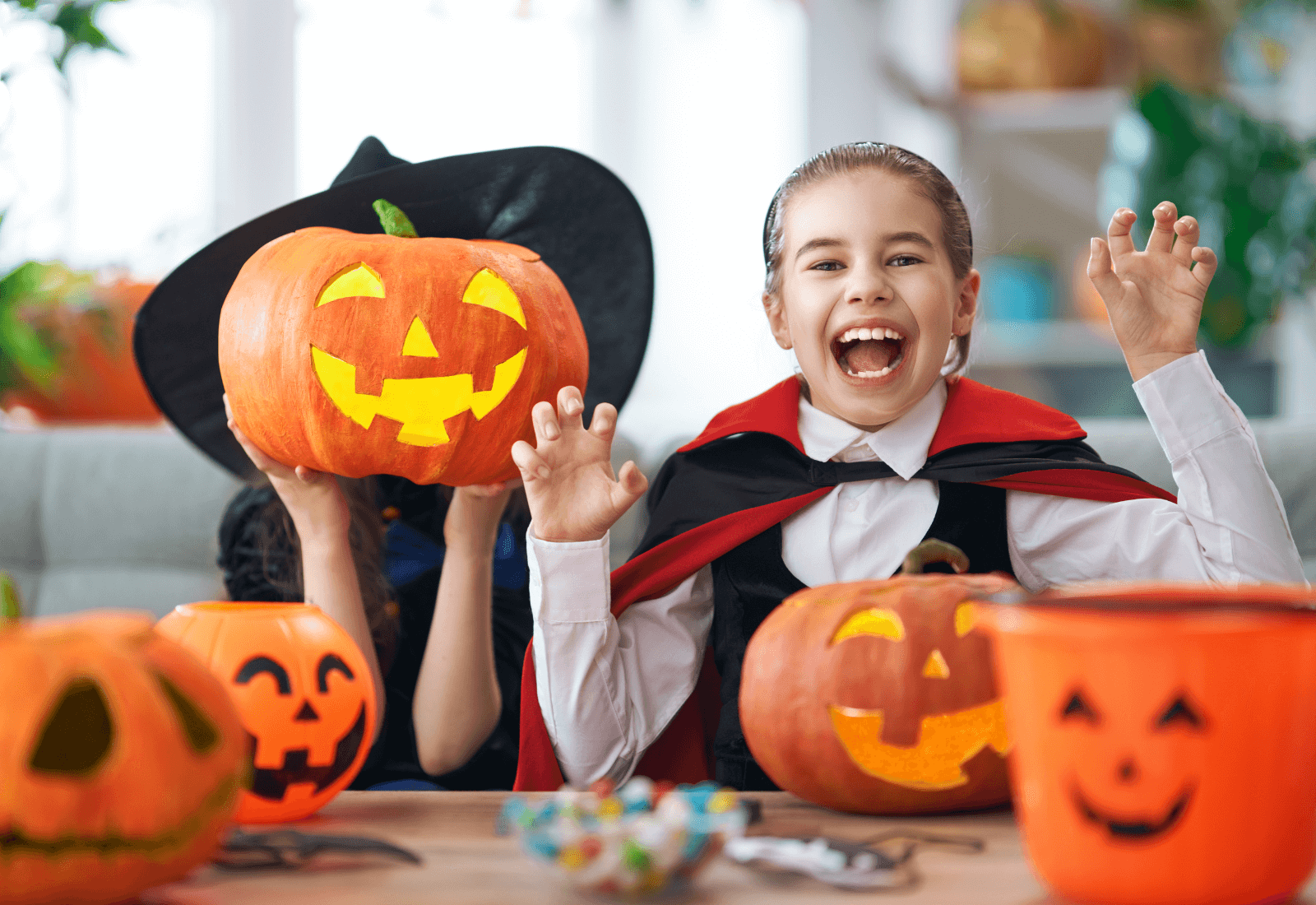
Halloween isn't just about dressing up and collecting candy; it's also an excellent opportunity to empower and educate your children. Let's explore some engaging ways to use this festive season as a platform for growth and learning:
Exploring the Halloween Spirit: Halloween has deep cultural roots, from its origins in Celtic traditions to the diverse celebrations it inspires worldwide. Take this opportunity to explore the history, customs, and significance of Halloween. It's an enriching experience that broadens your child's understanding, encourages empathy, and teaches them about diverse cultures and traditions.
Creative Costume Design: One of the most exciting aspects of Halloween is creating and wearing costumes. Involve your children in the design and crafting of their costumes. This isn't just about choosing a store-bought outfit; it's a chance for them to unleash their creativity, learn to plan, and develop resourcefulness.
Spooky Storytelling: Encourage your kids to create their Halloween stories or haunted house tours. These activities not only spark their imagination but also enhance language and communication skills. By crafting narratives and entertaining family and friends, children learn to structure their thoughts, express ideas, and become confident storytellers.
Read more: 3 Halloween-Inspired Activities To Try This Spooky Season
Conclusion
Halloween is all about having fun and creating cherished memories. While it's crucial to be vigilant when it comes to safety and food allergies, it's equally important not to let worries overshadow the excitement of the season. By combining a dash of freedom and flexibility with these common-sense tips, you can ensure that your child has a Halloween filled with laughter, delight, and a whole lot of spooky enjoyment. So, let's make this Halloween both fun and safe, ensuring it's a magical and memorable experience for all!




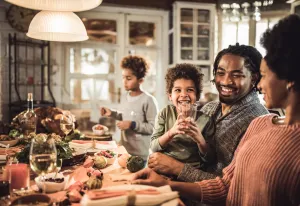

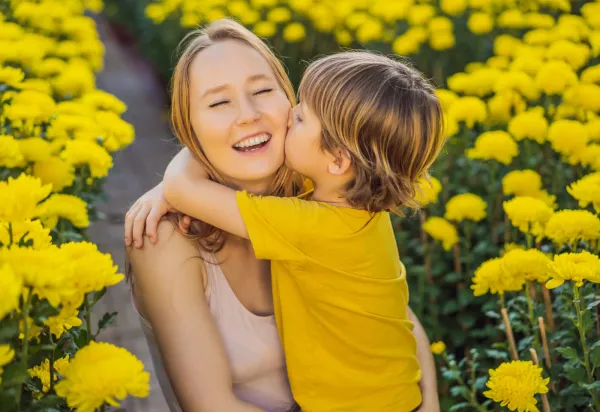
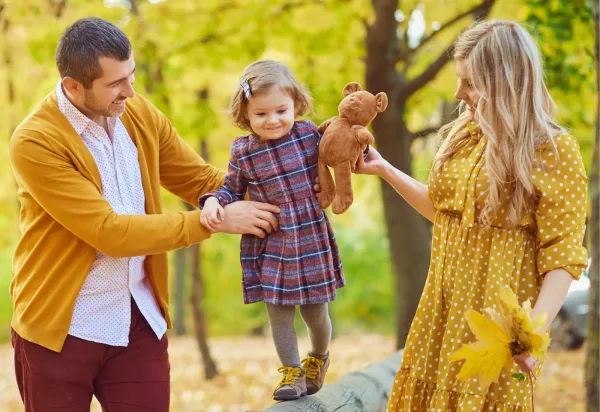
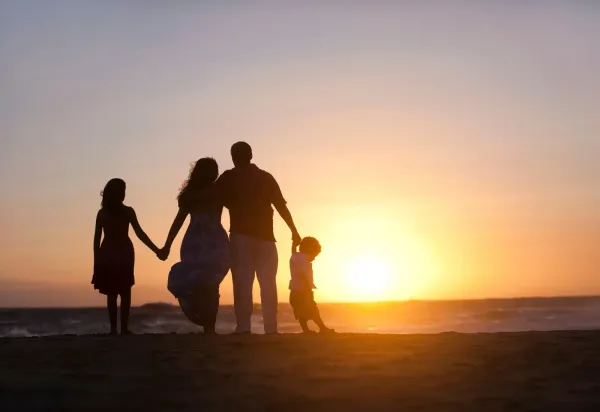
Member discussion